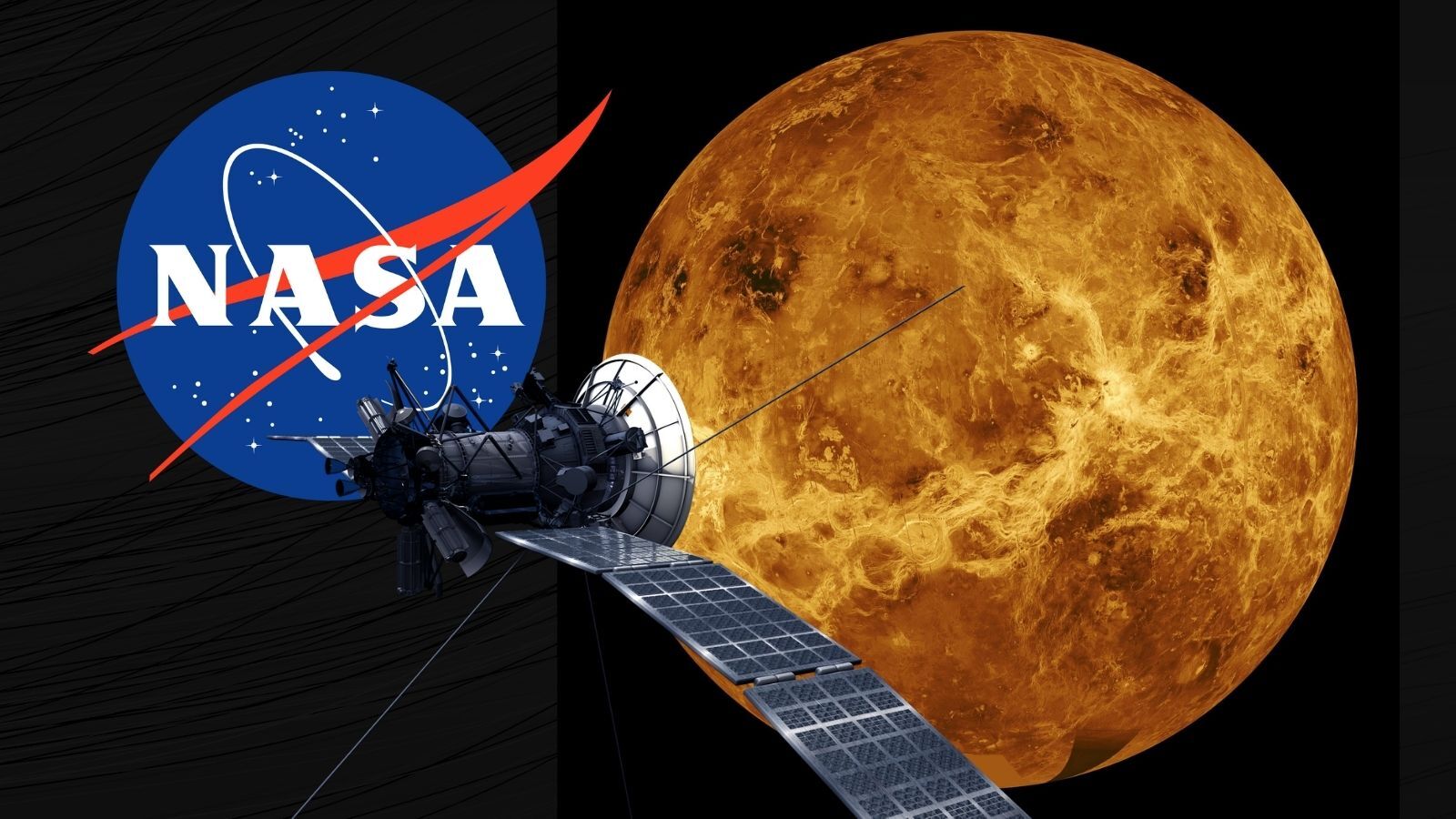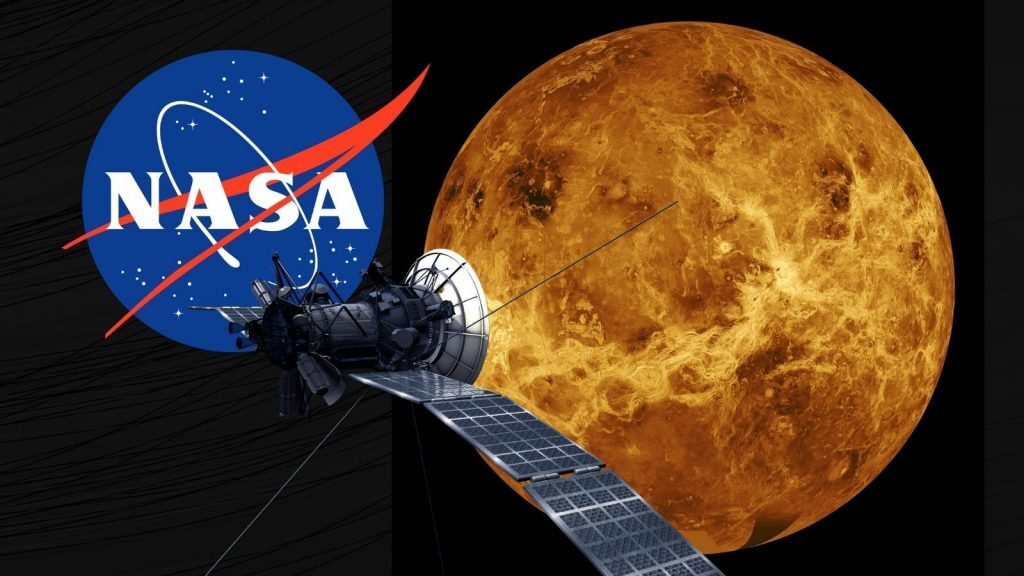 NASA has serious exploration plans afoot. It’s Mars this year, it’s the Moon soon with the upcoming Artemis missions, and now it’s also Venus, according to an announcement from the space agency this week. In fact, before the end of the decade NASA intends to send two missions to Earth’s closest non-satellite neighbour.
NASA has serious exploration plans afoot. It’s Mars this year, it’s the Moon soon with the upcoming Artemis missions, and now it’s also Venus, according to an announcement from the space agency this week. In fact, before the end of the decade NASA intends to send two missions to Earth’s closest non-satellite neighbour.
Venus rising
Sometimes we think that NASA does what it does so that it can use clever acronyms as often as it does. The two missions confirmed for the planet that destroys spacecraft are called DAVINCI+ and VERITAS — respectively known as the Deep Atmosphere Venus Investigation of Noble gases, Chemistry and Imaging (DAVINCI+) and Venus Emissivity, Radio Science, InSAR, Topography, and Spectroscopy (VERITAS) missions.
This time around it doesn’t look like NASA is sacrificing any of its dual $500 million(ish) budgets on landing craft. DAVINCI+ will focus on the planet’s geology, taking high-resolution images of the planet’s surface, including a feature called “tesserae” that suggests that Venus has continental drift of a sort. The space agency also plans to drop something called a descent sphere to collect gases from the planet’s atmosphere.
VERITAS intends to use a synthetic aperture radar to map “…surface elevations over nearly the entire planet to create 3D reconstructions of topography and confirm whether processes such as plate tectonics and volcanism are still active on Venus.” As if that’s not enough, it’ll also attempt to determine rock types on the planet’s surface and whether there’s water vapour being released into the planet’s atmosphere.
Both projects formed part of NASA’s Discovery Program and both are expected to launch somewhere between 2028 and 2030. It’ll be the first time since 1989 (with its Magellan orbiter) that America has returned to the planet for a close examination. Several flybys have been performed since but the last major mission to the vicinity was the European Space Agency’s Venus Express orbiter launched in 2005. Russia remains the only country with a serious interest in landing on our notoriously hard-on-hardware stellar neighbour. An upcoming mission, called Venera-D, will launch with a lander that’s only expected to last an hour after touchdown.




